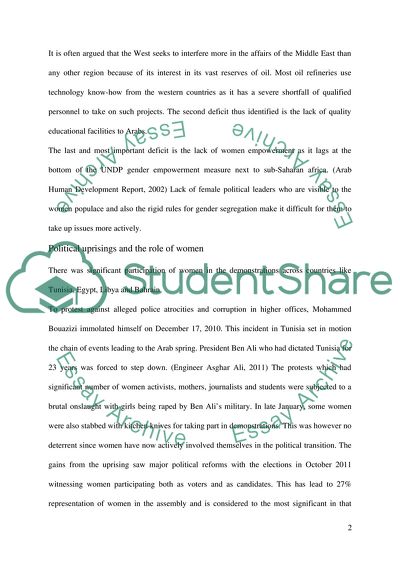Cite this document
(The Role of Women in the Arab Uprising Dissertation, n.d.)
The Role of Women in the Arab Uprising Dissertation. Retrieved from https://studentshare.org/social-science/1788528-the-role-of-women-in-the-arab-uprising
The Role of Women in the Arab Uprising Dissertation. Retrieved from https://studentshare.org/social-science/1788528-the-role-of-women-in-the-arab-uprising
(The Role of Women in the Arab Uprising Dissertation)
The Role of Women in the Arab Uprising Dissertation. https://studentshare.org/social-science/1788528-the-role-of-women-in-the-arab-uprising.
The Role of Women in the Arab Uprising Dissertation. https://studentshare.org/social-science/1788528-the-role-of-women-in-the-arab-uprising.
“The Role of Women in the Arab Uprising Dissertation”, n.d. https://studentshare.org/social-science/1788528-the-role-of-women-in-the-arab-uprising.


